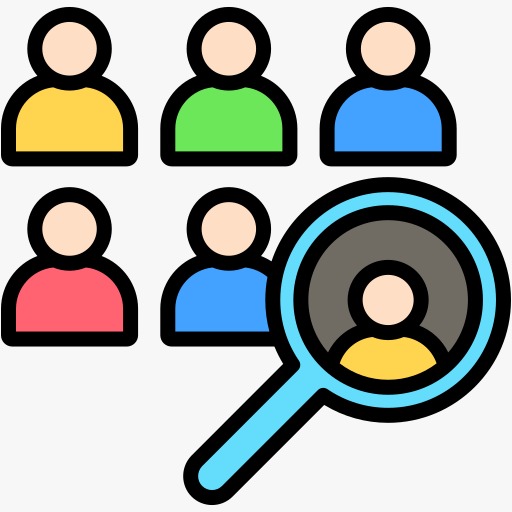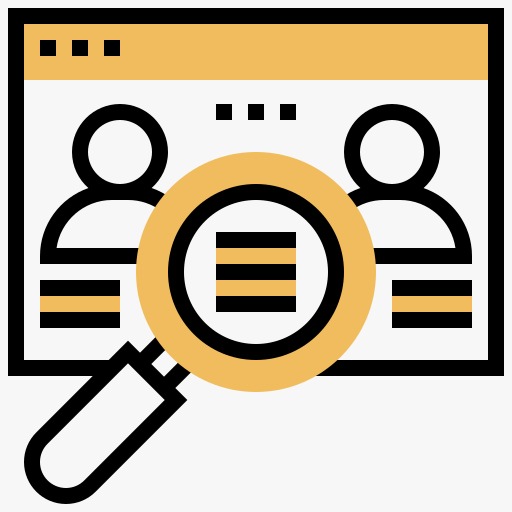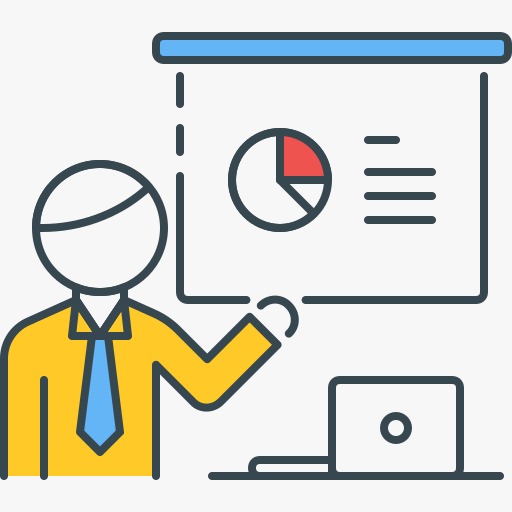
11M
jobs by 2026

91%
Avg Salary Hike

95%
Got Placed

4.8/5
Rating

jobs by 2026

Avg Salary Hike

Got Placed

Rating

Welcome to AI4Infinity, the leading destination for comprehensive data analytics course online. Whether you want to advance your career as a data analyst or dive into the exciting world of data analytics, our online courses will give you the skills and knowledge you need to succeed in this fast-growing field. Our data analyst online classes are tailored to the needs of both beginners and experienced professionals. Our curriculum focuses on hands-on, hands-on learning, covering everything from the basics of data analytics to advanced techniques and tools used in the industry today.
At AI4Infinity, we understand how important flexibility is in learning. That's why our online data analytics courses are structured to fit your busy schedule. Convenient online access allows you to study anytime, anywhere, at your own pace.
Joining our data analysis classes online opens a world of opportunities in various job designations, including:
Entry-level data analysts (up to 1 year of experience) can earn between $45,000 and $65,000 per year, Mid-level data analysts (2-5 years of experience) can earn between $60,000 and $95,000 per year, Senior-level data analysts (6 or more years of experience) can earn between $90,000 and $140,000 per year.
Learn spreadsheet operations, data formatting, sorting, filtering, and data validation in Excel. Explore mathematical and statistical functions, pivot tables, and advanced Excel features.
Gain expertise in using Power BI for business intelligence. Understand Power Query Editor, DAX, time intelligence functions, and text functions. Learn to create reports and dashboards.
Master MySQL, including data types, SQL commands, joins, constraints, views, indexes, stored procedures, and more. Learn to work with data, handle exceptions, and use sub-queries.
Discover Tableau's interface and connect to various data sources. Explore data calculations, dashboard development, and data visualization techniques. Create a wide range of charts and visualizations.
Get acquainted with Python programming, Anaconda Navigator, and data types in Python. Learn to work with strings, lists, loops, and libraries like Pandas, NumPy, Matplotlib, and Seaborn.
Explore descriptive and inferential statistics. Understand hypothesis testing, confidence intervals, and estimation theory. Additionally, learn R programming, data types, operators, functions, and data visualizations.

Our institute offers individualized lessons specifically tailored to each learner’s needs. We enable every student to realize his or her maximum potential as well as achieve their career objectives through customized curricula, flexible educational alternatives and personalized assistance.
As part of our curriculum, we work with field professionals so that it remains current, practical and reflective of the trends in the job market. Students get hands-on experience applying the latest tools and techniques, which prepares them to succeed in their chosen fields.


After graduation, our students can rely on comprehensive placement support services that allow them to enter meaningful employment. From resume writing workshops to interview coaching sessions, our career services staff is dedicated guiding students towards finding a job.
Students have opportunities to interact with experienced professionals who provide invaluable advice about what they are learning in college. These mentor relationships enhance learning while acting as conduits for networking and advancement in careers.


We are proud of owning one of the biggest alumni networks in our region comprising successful professionals in other industries also. As a student you will get access to this network providing you with valuable connections and potential career pathways after training